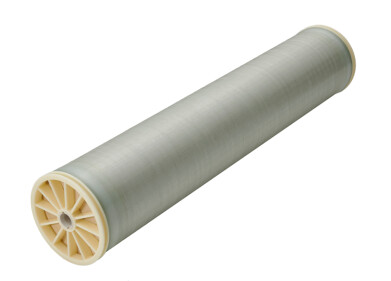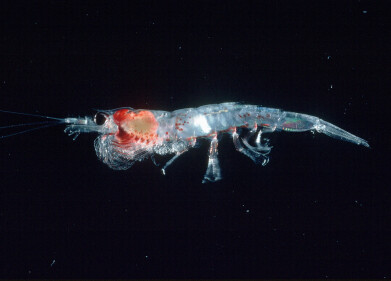Water/Wastewater
Tariff Management: It's Time to Take Control
Jan 02 2013
Reducing operating costs, increasing accuracy of environmental reporting and reducing engineering time are just some of the ongoing aims for water companies. As energy and operating costs continue to rise, increasing efficiency across operations becomes ever more critical and tariff management is one area that plants cannot afford to overlook.
Derek Moore from Siemens Industry (UK), discusses how water companies can use process control to implement tariff management for pumping systems. Ensuring pumps operate during off-peak tariff times can save organisations up to 50% in energy costs and this can be achieved with a simple retrofit programme that can offer payback on investment in a matter of weeks.
Tariff management is a simple process in theory, whereby energy is used at times when tariff costs are lower. However, for energy intensive industries and processes, such as pumping systems, there are a number of factors which make tariff management more challenging. One of these is managing processes and energy use across thousands of remote sites and, of course, cost plays a big role here. Ensuring pumps function at off-peak times though can make a significant difference to overheads.
To overcome these challenges, process control instrumentation can be used to manage the operation of assets in line with energy tariffs. Pumping systems in influent and effluent wells is a key example. Compact, single point ultrasonic controllers are placed within wells to continuously monitor and control water levels. Typically wells would fill up and pumps would activate once the set water level had been reached, regardless of what tariff period it was, but now pumping times can be controlled. Controllers can monitor the water levels. Understanding water levels means operators can ensure wells start empty at the right tariff time so they fill up throughout the day and pumping is then required during the off-peak tariff.
These controllers offer the highest accuracy available, ensuring consistently precise measurements to help plants reduce energy usage and increase operational efficiency. Energy cost savings can be realised thanks to the device’s range time measurement and energy saving algorithms, which can reduce pump operations during peak energy periods. In addition, ease of installation and operation, combined with remote accessibility ensure engineering time is kept to a minimum.
One example of process control in action is at Scottish Water’s wastewater treatment facility near Carluke in Scotland. In dry weather 6.8 megalitres of influent flows daily through the site’s channel, which increases to 41 megalitres during storm conditions. Continuous improvement is a priority for the company to ensure savings are made.
Wastewater from nearby towns and villages flows to Mauldslie Sewage Treatment Works and streams through the primary cleaning area at first. Influent then runs through open channels on its way to chemical treatment. Level measurements from the influent flume are important for day-to-day operations and for environmental reporting. Controllers are used to provide Scottish Water’s operations with a continual flow of information to determine chemical dosing and treatment quantities. Higher accuracy means better process control, which translates into long-term cost savings for Scottish Water and its customers. There was a drive to improve accuracy which led Scottish Water to seek enhancements to its systems.
Scottish Water, which collects and treats more than 864 megalitres of wastewater from households, businesses and industry every day, was recommended the newest ultrasonic controller from Siemens Industry, the LUT400 series due to its accuracy of one-millimetre.
For monitoring levels in the influent flume, Scottish Water installed a Sitrans LUT440, as it is well suited for outdoor applications. Installation and set-up was efficient and there was no need to replace the existing transducers. While Scottish Water has been using Siemens’ ultrasonic controllers for more than 25 years, the increased accuracy of the Sitrans LUT440 in open channels gives operators exact knowledge of wastewater levels. From the first moment influent enters the site, level precision ensures processes are better controlled – during primary cleaning, chemical dosing and beyond. This can provide control to manage processes in line with energy tariffs.
Plants are under pressure to reduce costs but have unique challenges to overcome, such as vast numbers of remote sites and limited engineering time, so Siemens Industry has worked to develop a solution to this.
Using process instrumentation to control energy use is an evolving area, one that is unknown to many organisations. However, it is one that should not be overlooked, as cutting energy costs is now a key, board level concern for most organisations. With a new generation of ultrasonic level measurement on the market, tariff management can be achieved across a large range of remote sites. Importantly, energy savings of up to 50% can be reaped, delivering quick return on investment.
Events
Carrefour des Gestions Locales de L'eau
Jan 22 2025 Rennes, France
Jan 29 2025 Tokyo, Japan
Feb 05 2025 Nantes, France
Feb 16 2025 Kampala, Uganda
Feb 26 2025 Chennai, India





-as-feedstock.jpg)





